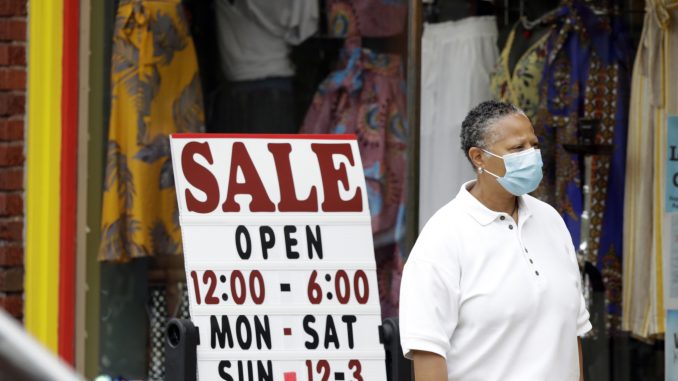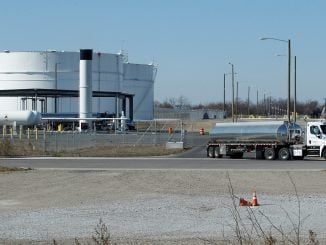
WASHINGTON, D.C. — The U.S. unemployment rate fell to 13.3% in May from 14.7%, and 2.5 million jobs were added — a surprisingly positive reading in the midst of a recession that has paralyzed the economy in the wake of the viral pandemic.
The May job gain suggests that businesses have quickly been recalling workers as states have reopened their economies.
Other evidence has also shown that the job market meltdown triggered by the coronavirus has bottomed out. The number of people applying for unemployment benefits has declined for nine straight weeks. And the total number of people receiving such aid has essentially leveled off.
The overall job cuts have widened economic disparities that have disproportionately hurt minorities and lower-educated workers. Though the unemployment rate for white Americans was 12.4% May, it was 17.6% for Hispanics and 16.8% for African-Americans.
Even with the surprising gain in May, it may take months for all those who lost work in April and March to find jobs. Some economists forecast the rate could remain in double-digits into next year.
A report Thursday on applications for unemployment benefits reinforced the picture of a bleak job market: The number of people seeking jobless aid last week was double the previous record high that prevailed before the viral outbreak occurred.
Still, that report did offer a few glimmers of hope. As restaurants, movie theaters, gyms, hair salons and other retail establishments gradually reopen, job cuts are slowing and employers are recalling some of their laid-off workers. The total number of people receiving unemployment aid rose slightly, the government said, but stayed below a peak of 25 million reached two weeks earlier. And the number of laid-off workers applying for aid, while historically high, has declined for nine straight weeks.
The street protests over George Floyd’s killing that led to vandalism and looting in dozens of cities won’t affect Friday’s jobs figures, which were compiled in the middle of May. But business closures related to the unrest could cause job losses that would be reflected in the June jobs report to be issued next month.
A few businesses are reporting signs of progress even in hard-hit industries. American Airlines, for example, said this week that it would fly 55% of its U.S. routes in July, up from just 20% in May.
And the Cheesecake Factory said one-quarter of its nearly 300 restaurants have reopened, though with limited capacity. Sales at those restaurants are at nearly 75% of the levels reached a year ago, the company said. Both companies’ share prices rose.
Those limited gains may lead to more rehiring as companies slowly restart shuttered businesses. But economists say the pace of hiring will then likely lag as a severe recession and high unemployment hold back consumer spending, the main driver of the economy.
Erica Groshen, a labor economist at Cornell University and a former commissioner of the Labor Department’s Bureau of Labor Statistics, said hiring could ramp up relatively quickly in coming months and reduce unemployment to low double-digits by year’s end.
“Then my inclination is that it will be a long, slow slog,” she said.

